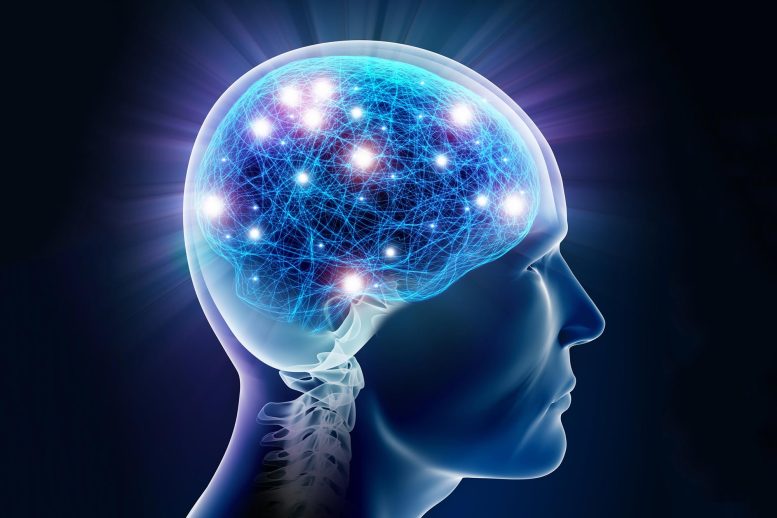Our fond or fearful memories — that first kiss or a bump in the night — leave memory traces that we may conjure up in the remembrance of things past, complete with time, place and all the sensations of the experience. Neuroscientists call these traces memory engrams.
Engrams: Group of neurons that serve as the “physical representation of memory” (Josselyn 2010).
But are engrams conceptual, or are they a physical network of neurons in the brain? In a new MIT study, researchers used optogenetics to show that memories really do reside in very specific brain cells, and that simply activating a tiny fraction of brain cells can recall an entire memory — explaining, for example, how Marcel Proust could recapitulate his childhood from the aroma of a once-beloved madeleine cookie.
Shedding Light on the Matter
Many scientists believe that the entire brain is involved with memory. However, since Lashley’s research, other scientists have been able to look more closely at the brain and memory. They have argued that memory is located in specific parts of the brain, and specific neurons can be recognized for their involvement in forming memories. The main parts of the brain involved with memory are the amygdala, the hippocampus, the cerebellum, and the prefrontal cortex (Figure 1).
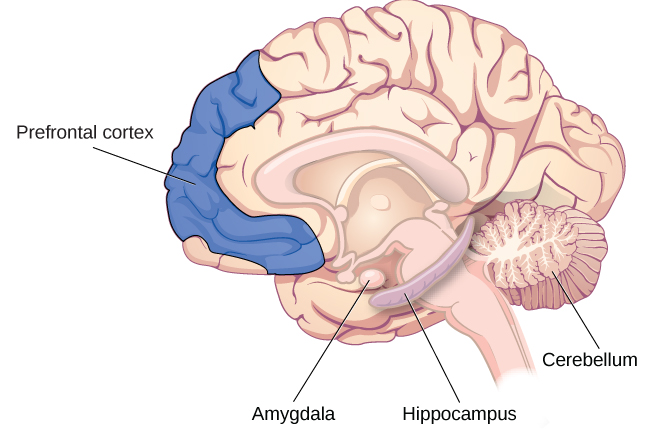
1. Amygdala
Firstly, Let’s take a look at what Amygdala does in memory function. Its main job is to regulate emotions such as aggression and fear. The amygdala plays a part in how memories are stores because storage is influenced by stress hormones. For example:
The goal of his research is to gain insight using rodent models into the fundamental molecular, cellular and systems that make up the base of memory formation. His work focuses on fear memories. Aberrant fear and/or anxiety may be at the heart of many psychiatric disorders. (J Psychiatry Neurosci. 2010)
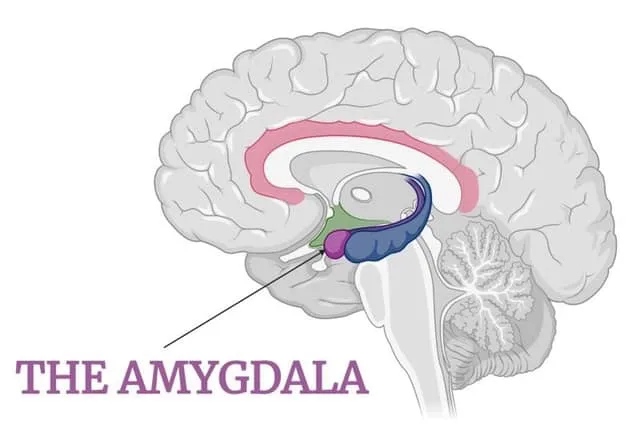
Because of its role in processing emotional information, the amygdala is also involved in memory consolidation: the process of transferring new learning into long-term memory. The amygdala seems to facilitate encoding memories at a deeper level when the event is emotionally arousing.
2. Cerebellum
Let’s take a look at what Cerebellum does in memory function. It participates in higher levels of thinking and action. It is the largest part of the brain and covers the top, front, and upper back of the organ. Also, it has functions such as maintaining balance, coordinating movements, vision (eye coordination), Motor learning (For example: It plays a role in learning to ride a bicycle or play a musical instrument) etc. Researchers believe that the cerebellum has some role in thinking, including processing language and mood. However, findings on these functions are yet to receive full exploration.

For example, one classical conditioning experiment is to accustom subjects to blink when they are given a puff of air to the eyes. When researchers damaged the cerebellums of rabbits, they discovered that the rabbits were not able to learn the conditioned eye-blink response (Steinmetz, 1999; Green & Woodruff-Pak, 2000).
Also Read: Exploring Emerging Technology Trends and Their Impact on Industries
3. Hippocampus
Let’s take a look at what Hippocampus does in memory processing. A group of researchers experimented with rats by creating lesions in the hippocampus of the rats, and found that the rats demonstrated memory impairment on various tasks, such as object recognition and maze running.
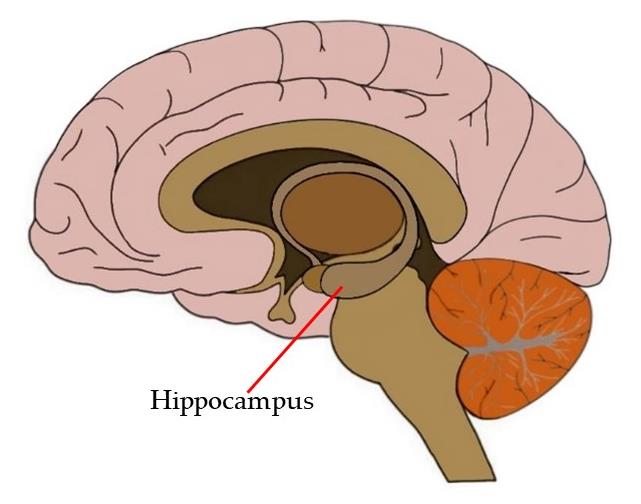
They concluded that the hippocampus in involved in memory, specifically normal recognition memory as well as spatial memory. (Clara, Zola & Squire, 2000). It also has another job, that is to project information to cortical regions that gives memories meaning and connect them with other memories. If any injuries occurs in hippocampus, people are unable to process new declarative memories.
4. Neurotransmitters
Neurotransmitters are chemical messengers that your body can’t function without. Their job is to carry chemical signals (“messages”) from one neuron (nerve cell) to the next target cell. The next target cell can be another nerve cell, a muscle cell or a gland.
There also appear to be specific neurotransmitters involved with the process of memory, such as epinephrine, dopamine, serotonin, glutamate, and acetylcholine (Myhrer, 2003). There continues to be discussion and debate among researchers as to which neurotransmitter plays which specific role (Blockland, 1996).
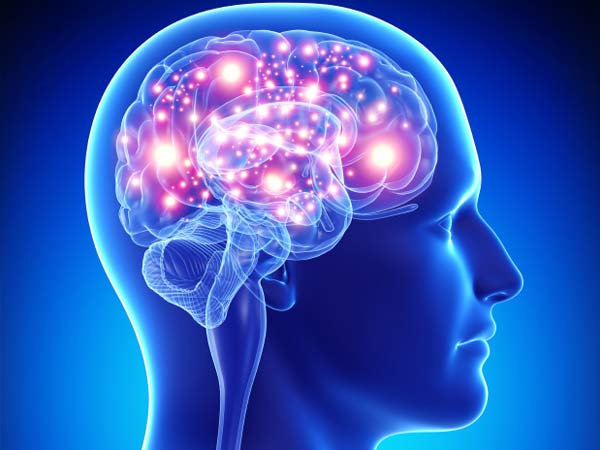
It is also believed that strong emotions trigger the formation of strong memories, and weaker emotional experiences form weaker memories; this is called arousal theory (Christianson, 1992).
Dear readers, If you have any message or suggestion for us, please message us on sharpinn.com. Thank you.
